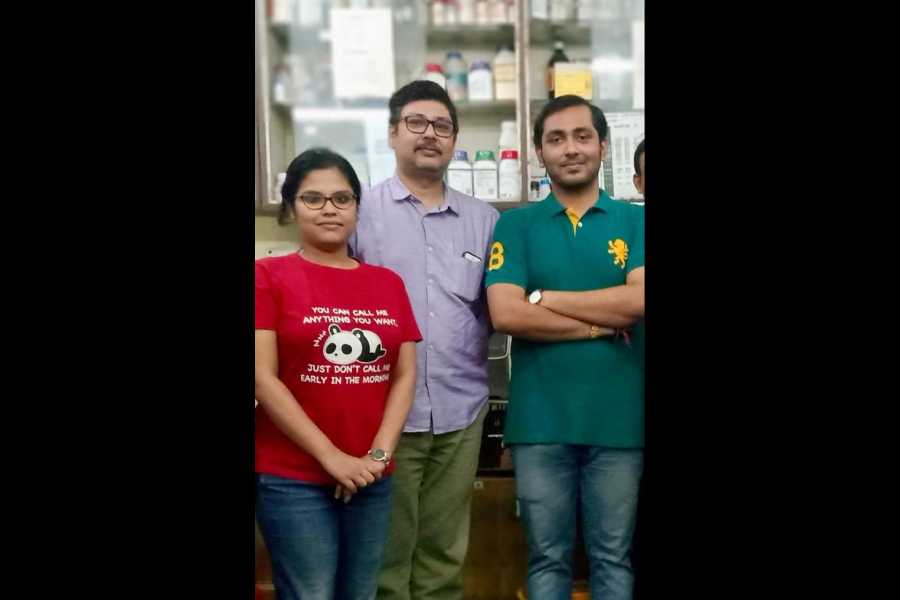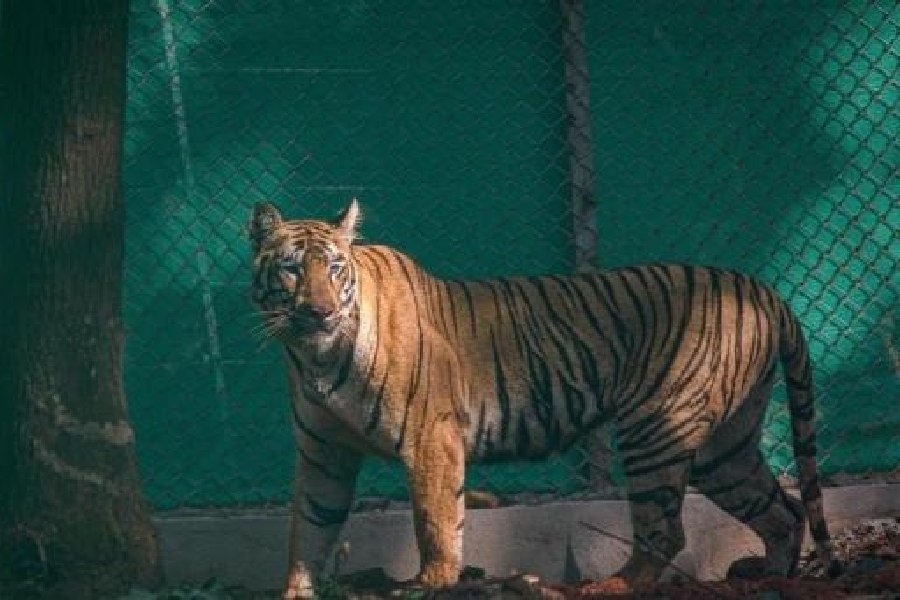Scientists at the Bose Institute, Calcutta, have deciphered the biological mechanisms through which a primitive organism found in the hot volcanic vents of the Andaman islands thrives at temperatures up to 90°C.
Abhrajyoti Ghosh and his colleagues have found how the single-cell organism named Sulfolobus acidocaldarius employs a special protein molecule to withstand extreme heat stress, in research to probe the survival tricks of so-called extremophiles.
Sulfolobus acidocaldarius belongs to the family of ancient microbes called Archaea whose members have captivated scientists through their ability to thrive in conditions that would kill most other organisms — from boiling hot springs with temperatures near 100°C to highly acidic or highly salty environments.
Biologists believe studies of Archaean organisms could provide insights into the limits that life can tolerate and the potential for life on other planets.
Ghosh began pursuing the secrets of Sulfolobus acidocaldarius over 16 years ago when he moved to the lab of professor Sonja-Verena Albers at the Max Planck Institute for Terrestrial Microbes in Germany as a post-doctoral research scholar.
He started with studies on how the organism swims towards its food — complex nitrogen and sugar molecules in its environment. After returning to India and joiningthe Bose Institute, Ghosh turned to the microbe’s capacity to survive in extremeenvironments.
The organism — discovered in 1972 by US biologist Thomas Brock in the hot springs and warm, wet soils of the Yellowstone National Park — has fascinated scientists with its capacity to thrive in hot and hostile environments.
“At temperatures above 70 degrees, the organism has to survive not only the scalding hot temperatures but also near starvation conditions because nutrients in the environment are destroyed due to extreme heat,” Ghosh said.
In their latest study published this month in mBio, a journal of the American Society of Microbiology, Ghosh and his colleagues have reported how the organism uses a protein called VapBC4 to nudge itself into a dormant state that scientists call a “persister cell”.
“In the persister cells, we see only essential functions in the organism active, everything else, all the other non-essential machinery, shuts down,” Ghosh said.
The Bose Institute team has shown that VapBC4 is crucial for the emergence of the persister state and that the mechanism shields the organism from multiple stresses — extreme heat, nutrient deprivation and other unfavourable environments.
“The protein molecule that the organism uses to shielditself from the stresses maybe viewed as a primitiveversion of an immune system,” Ghosh said.
“Such studies may help us unravel the evolution of the immune system from single-cell organisms to multicellular organisms.”











